Photography captures the beauty and intricate subtleties of the world around us. From landscapes to portraits, everything is beautiful and worth cherishing.
Aviation photography, or simply photography in airports, is one of those very few areas that are very different and yet very exciting. Aviation photography entails shooting airplanes either as they are in flight or being on the ground. It’s an interesting niche for capturing aircraft’s grace!
So, how did it actually start?
The origin of photography in airports can be traced way back far in the early 20th century with the advent of aviation as well as the emergence of photography. Both fields complemented each other in a way and grew together somewhat.
Today, plane photography is dynamic and blossoming in its art and photographic sub-genre, with professionals as well as amateurs being drawn to the excitement of capturing these wonders of mankind.
Let’s discuss all these topics in this blog post.
The Basics of Plain Photography
To explain it simply, aviation photography is a niche that would call for a profound knowledge of the underlying concepts of photography and an interest in aviation. This would refer to:
- The appreciation of the speed with which planes operate
- Their utterly considerable size against the runways
- The different lighting conditions
- The varied backgrounds.
To begin with your first photography in airports mastery process, you should understand your equipment. In most cases, taking aircraft photos that are in flight needs a DSLR or a mirrorless camera attached to it with a telephoto lens.
As one goes farther from the subject, say in airshow photography, lenses with longer focal lengths of 200 mm and above are almost always called for since airplanes are caught in the expanse of blueness.
Thereafter, one needs to understand the exposure triangle – aperture, shutter speed as well as ISO. When capturing moving planes, the fast shutter speed (1/1000th of a second or more) is most often recommended to freeze action. Aperture settings coupled with ISO settings can be accordingly adjusted for proper exposure.
Another critical factor is lighting. Early in the morning or late afternoon provides the best lighting conditions for plane photographing since long shadows and dramatic highlights are cast.
The composition also contributes to that. The rule of thirds can be a very important guide but do not be afraid to break it when necessary. After all, it is the beauty and power of the aircraft which one wants to reveal.
In the end, it all ends in patience and practice for plane photography. It may take many tries but a perfect plane photo is priceless.
Equipment Needed for Plane Photography
Cameras for plane photography
At the forefront of your needs is the choice of the right camera. Parameters to consider are:
- Sensor size
- Resolution
- Burst mode or frames per second capability
- Autofocus speed and accuracy
- ISO performance
- Durability
- Weather sealing
- Battery life
Superior image quality, especially during poor light conditions, is ensured by a more potent sensor that captures more light. High resolution also matters as it allows essential cropping without the lost details – an essential aspect while photographing distant planes.
In addition, with airplanes being in motion at fast speeds, a high burst rate camera can quickly take a burst of shots instantaneously thus increasing chances of picking out an outstanding photo.
Yet another critical feature of lens for photography in airports is fast and accurate autofocus that helps effectively track moving subjects. Good performance at high ISO settings helps maintain a fast shutter speed even in lower light. With this, plane photographing involves a lot of outdoor shooting where the need for a sturdy and weather-sealed camera comes in handy.
Choosing the perfect lens
As much as the camera is an added advantage in aviation photography, the lens to be used is equally key. These lenses are especially appealing to plane spotters because typical plane spotting is done from fairly far away. Telephoto lenses magnify points in the distance quite strongly. Their focal length is usually 70mm or above, which allows taking detailed pictures of the aircraft from a distance.
But one cannot confine to choosing a lens only for its ability to zoom.
In fact, there are also other influential factors. For instance, as indicated by the maximum lens aperture, lens speed can influence low-light performance and autofocusing speeds on fast-moving aircraft. Moreover, the internal incorporation of an image stabilizer may be available on the lenses to limit blur caused by camera shake, particularly in the higher end of the longer focal-length ranges.
Needed accessories
A stable tripod is so obviously a necessity, along with your camera and lens. At the same time, filters can help control lighting situations as well as add to color saturation, as well as enhance contrast. A camera bag for carting your gear around in, spare batteries, and cards for those longer sessions are also other must-haves.
Preparing for a Plane Photography Session
Researching Plane Schedules and Locations
Doing your assignments beforehand and planning for photography in airports session is paramount. Researching flight schedules and places where one can shoot can greatly maximize the chance of being at the right place at the right time. Some websites and applications that offer real-time tracking of flights, plus the schedules include FlightAware, FlightsFrom.com, FlightView, and FlightStats.
The platform shall inform the estimated time of flights. It guides on the timing of your shoot. Awareness of how the airport or viewing area is laid out also assists in guiding the best vantage points for capturing the aircraft. At times, you can also get information from aviation management.
Weather Considerations
Weather is one of the most crucial aspects of aviation photography, capable of both breaking and making your photo session. Although clear and sunny days offer the best conditions for taking shots with excellent contrast, and detail, do not restrict yourself as other weather conditions might give equally beautiful results or even be better.
Smoking skies, fog, or even rain can add dramatic effects to and make your photos look unique. Making a check on the weather forecast before setting your journey will give you the right preparation for the conditions and allow you to adjust your shooting techniques accordingly for photography in airports.
Safety checks
Safety should be your number one priority while chasing for the perfect shot of an aircraft. One should respect all the protocols set by the airports and should not deal with restricted areas in any way. Airports are high-security zones, and against each protocol, severe consequences line up.
Also, to be safe, keep on monitoring your surroundings while shooting in close vicinity of runways or during busy flight schedules. Do not block any operational activities or make yourself susceptible to harm. Remember, no photo is worth risking your life or the lives of others.
Techniques for Capturing Stunning Plane Photos
Positioning and Angle Techniques
Taking great photos of planes involves good positioning and the best angle. The position should be strategic enough to enable you to have a full view of the aircraft without any hindrance. Look at where the sun is; it is often advised the best way to take shots is by having the sun behind you. This way, you will have maximum lighting on your subject.
Shoot from different angles, since this will not only add interest and uniqueness to the subject but will also yield amazing results in your shots. Low-angle shots would actually display the size and grandeur of the aircraft while side-on shots would allow us to move across the body in a clear view of the plane’s markings.
Planes at play
Capturing planes while in motion is a technique and practice. This requires moving your camera at the same speed as the plane, using a slower shutter speed to move the moving plane blurry while the plane remains sharp. This technique gives a sense of speed and motion.
On the other hand, tracking means following the plane through your view, keeping it in almost the same relative position as you press the shutter. This technique is good for capturing clear, crisp images of fast-moving aircraft.
Tips for Photographing Aircraft at Night
Night photography in aviation is something special. There are different challenges and opportunities. The lack of natural light means changes to your camera settings. Using a tripod to steady your camera allows for longer exposures without introducing blur into the image.
Increase your ISO setting to pick up more light but be careful of the noise. Try long exposures with light trails from moving aircraft. Photographing aircraft at night is all about being patient and experimenting.

Post-Processing Tips for Plane Photos
Photo Editing Software
Post-processing is an important practice in photography because it allows you to enhance your images and make necessary corrections. Examples of photo editing software include Adobe Lightroom, Photoshop, and Capture One just to mention a few. The mentioned software have varied tools that can be used to adjust exposure, balance contrast, and color amongst others.
Boosting Plane Photographs (Color Correction, Etc.)
To boost your plane photographs, kick off with the basic correction of certain exposure, contrast, and white balance. Cropping the composition to emphasize the plane and removing any distracting elements that have no value will make your images stronger. The point however is, to keep things subtle and don’t overdo anything in post-processing.
Keeping it real with the plane
While it can be tempting to make some heavy changes in post-processing, one should always consider keeping the plane authentic. One shouldn’t make any changes that would give a wrong impression of how the plane looks or simulate details that are not present. The very idea behind aviation photography is to document and show those beautiful machines as they are.
Legal and Ethical Considerations in Plane Photography
Understanding Local Laws About Photographing Planes
This will be helpful for an aviation photographer by noting the legal requirements of the resident jurisdiction with respect to capturing airplanes in frames. In most parts across the globe, hovering and capturing photographs of planes is permissible, but jurisdictions may limit snapping close to military bases or sensitive airports.
Make sure you familiarise yourself with these laws in advance, so you are not putting yourself in any legal jeopardy. Always ensure to follow the directions of signage and officials wherever possible.
To do photography in airports, it is always better to seek permission or take advice from local law enforcement or aviation management in case there is any kind of ambiguity about the place’s legality.
Enabling Privacy and Security Concerns
Apart from the legal formalities, photography in airports has ethical ramifications such as privacy and security. Granted that the aerodrome is a sensitive location, no action shall ever be allowed to raise any claim of compromise or invasion of safety or privacy. Don’t take photographs of anybody without aviation management permission, particularly those who are airport staff or travelers.
Remember not to capture sensitive material like security procedures or equipment. Always respect boundaries, and conduct yourself in a professional manner. Remember, for photographing aircraft at night, your right to photograph must not infringe upon the rights of others to their privacy and security.


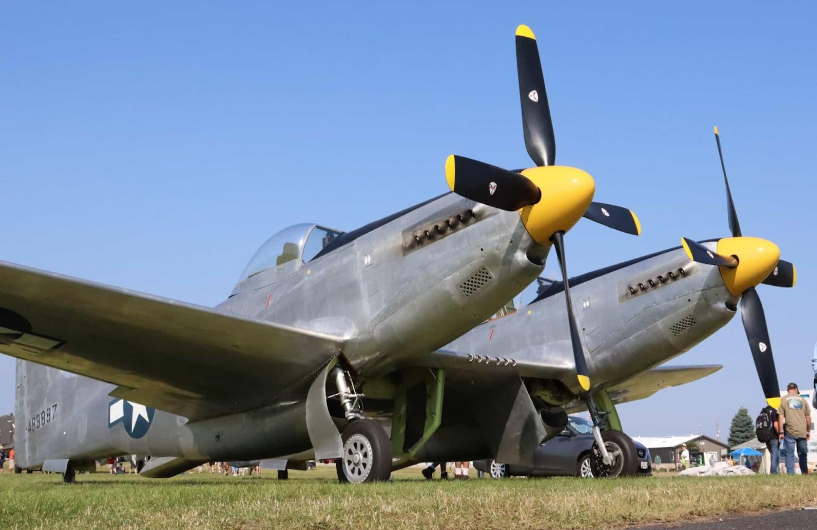
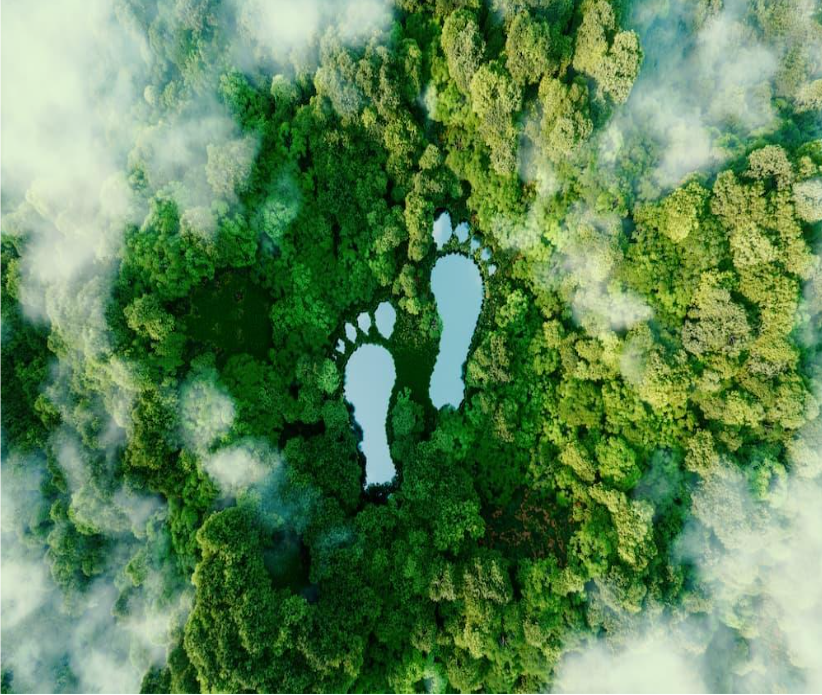
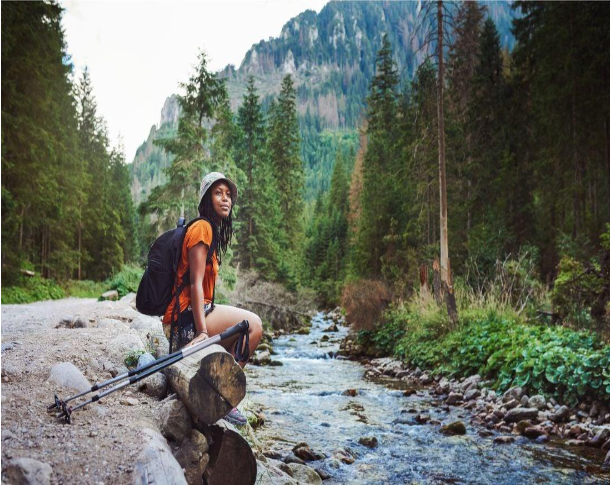
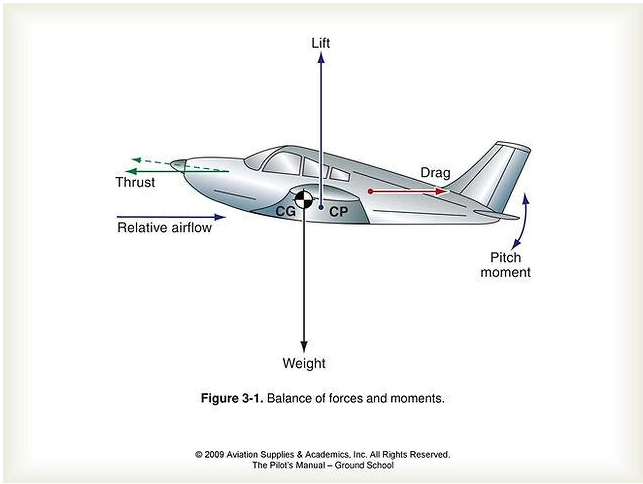
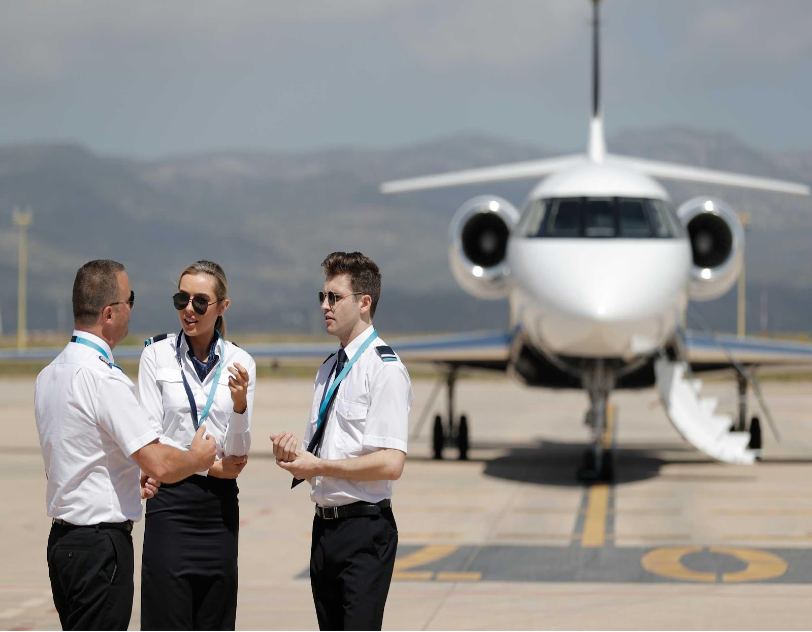
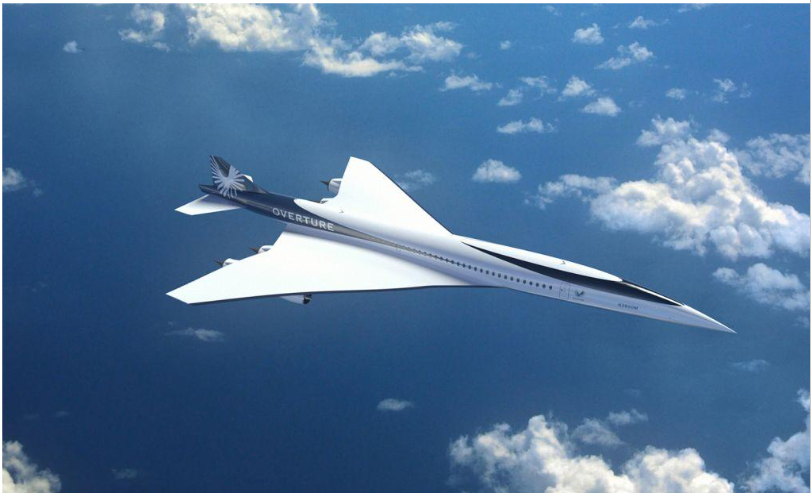
Leave A Comment